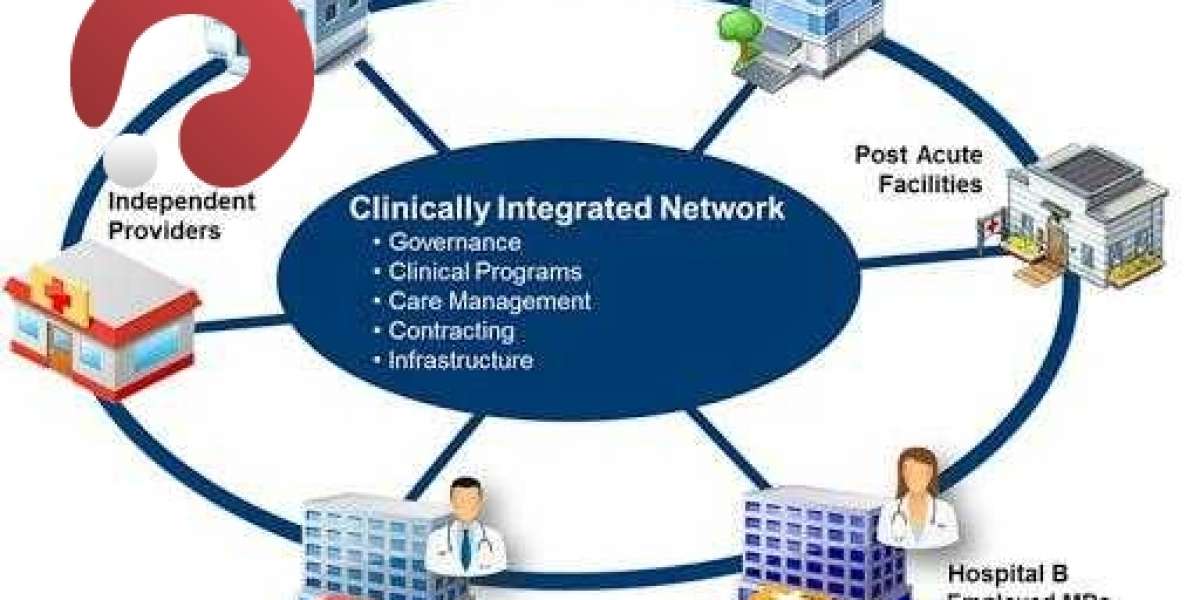Integrated Delivery Network Market Overview:
The Integrated Delivery Network Market is a crucial segment of the healthcare industry, characterized by the consolidation of healthcare services to improve efficiency and patient care. IDNs are designed to provide a continuum of care through a network of providers, including hospitals, outpatient facilities, and specialty clinics. This model aims to streamline operations, reduce costs, and enhance the quality of care delivered to patients. The growing emphasis on value-based care, coupled with the increasing prevalence of chronic diseases, has driven the demand for integrated delivery networks. As healthcare systems evolve towards more coordinated approaches, IDNs are becoming essential in managing patient populations effectively.
Market Key Players:
Several key players dominate the Integrated Delivery Network market, each contributing unique strengths and capabilities. Prominent organizations include Ascension Health, Kaiser Permanente, HCA Healthcare, and Tenet Healthcare Corporation. These entities have established extensive networks that encompass various healthcare services ranging from primary care to specialized treatments. Additionally, technology firms such as Cerner Corporation and Epic Systems play a vital role in providing electronic health record (EHR) solutions that facilitate data sharing across IDNs. The competitive landscape is marked by strategic partnerships and mergers aimed at expanding service offerings and geographic reach.
Get a Sample Report + All Related Graphs Charts:
https://www.marketresearchfuture.com/sample_request/22568
Market Segmentation:
The Integrated Delivery Network market can be segmented based on several criteria including type of service offered, ownership structure, and geographical region. In terms of service type, IDNs may focus on primary care services, specialty care services, or hospital-based services. Ownership structures can be categorized into for-profit and non-profit organizations. Geographically, the market is divided into North America, Europe, Asia-Pacific, Latin America, and the Middle East Africa. Each segment presents unique challenges and opportunities influenced by local regulations, healthcare policies, and demographic trends.
Market Opportunities:
The Integrated Delivery Network market presents numerous opportunities for growth driven by technological advancements and changing consumer expectations. The rise of telehealth services has opened new avenues for IDNs to expand their reach while maintaining high-quality care standards. Furthermore, as healthcare consumers become more informed about their options due to increased access to information online, there is an opportunity for IDNs to enhance patient engagement through personalized care plans and improved communication channels. Additionally, government initiatives aimed at promoting value-based care models create favorable conditions for IDN expansion.
Market Drivers:
Several factors are propelling the growth of the Integrated Delivery Network market. The shift from fee-for-service models to value-based reimbursement systems incentivizes providers to collaborate within integrated networks to improve outcomes while controlling costs. Moreover, an aging population with complex health needs necessitates coordinated care approaches that IDNs are well-equipped to deliver. The increasing adoption of health information technology solutions further supports seamless communication among providers within an IDN framework. Lastly, rising healthcare costs compel stakeholders to seek efficient delivery models that can optimize resource utilization without compromising quality.
Regional Analysis:
Regionally, North America holds a significant share of the Integrated Delivery Network market due to its advanced healthcare infrastructure and high expenditure on health services. The United States leads in adopting integrated delivery models as hospitals increasingly merge with outpatient facilities to form comprehensive networks that cater to diverse patient needs. Europe follows closely behind with countries like Germany and France investing in integrated systems aimed at improving public health outcomes while managing costs effectively. In contrast, Asia-Pacific is emerging as a rapidly growing region for IDNs driven by urbanization trends and increasing investments in healthcare infrastructure.
Recent Development:
Recent developments in the Integrated Delivery Network market highlight ongoing innovations aimed at enhancing operational efficiency and patient satisfaction. Notably, many IDNs are investing in artificial intelligence (AI) technologies that assist in predictive analytics for better patient management strategies. Additionally, partnerships between traditional healthcare providers and tech companies are becoming more common as they seek innovative solutions such as remote monitoring tools that enable proactive interventions before complications arise. Furthermore, regulatory changes encouraging accountable care organizations (ACOs) have spurred interest in forming integrated networks focused on delivering high-quality outcomes at lower costs.
Browse In-depth Market Research Report:
https://www.marketresearchfuture.com/reports/integrated-delivery-network-market-22568
Contact Us:
Market Research Future (Part of Wantstats Research and Media Private Limited)
99 Hudson Street, 5Th Floor
New York, NY 10013
United States of America
+1 628 258 0071 (US)
+44 2035 002 764 (UK)














